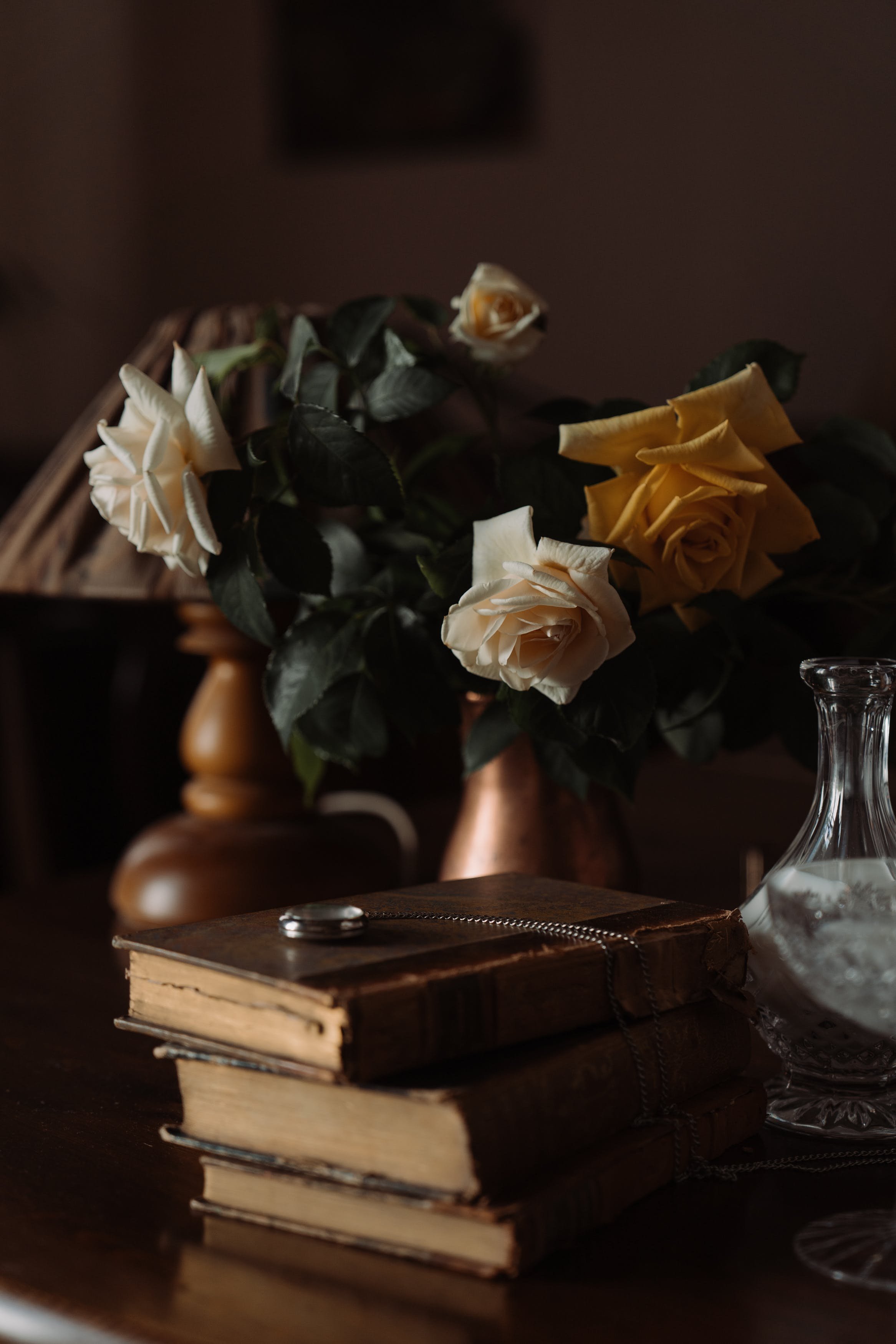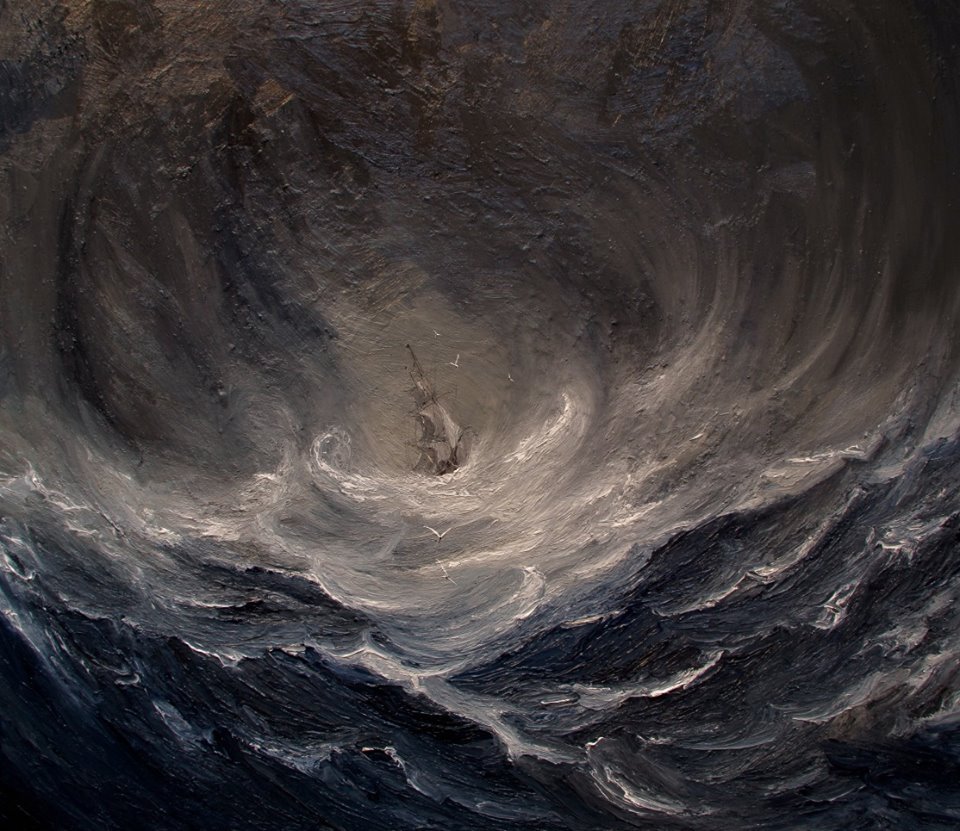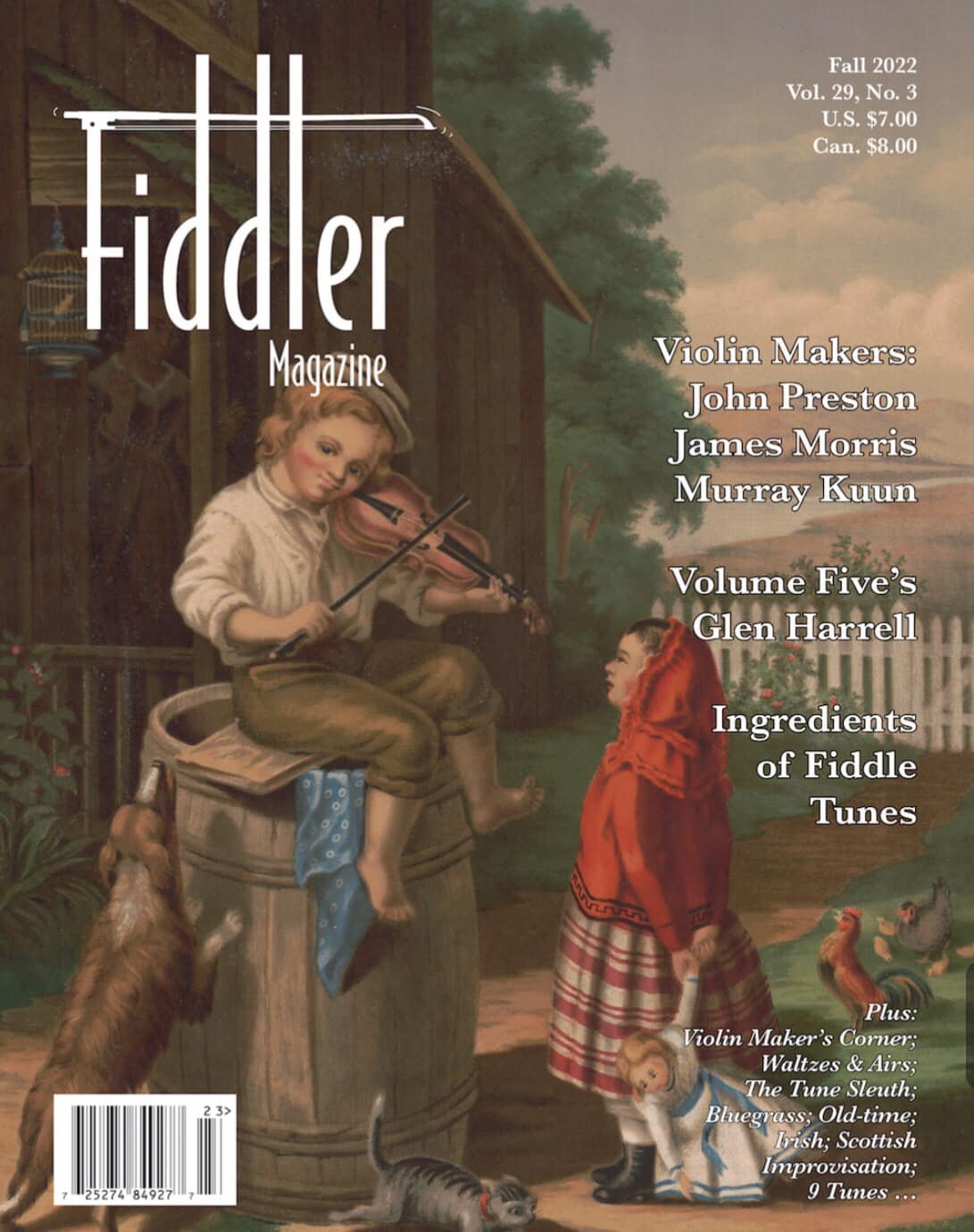Greenwich Village, November 1985—Photo by C. Statella
No social media—the Dream of the 80s.
NYC, an arts therapies coalition conference. I managed to make it to one session given by an ultra-Freudian art therapist. Dazzling—confounding! Objections from the floor: “How is this practical? Immediately applicable?”
Sigh. I spied an exit, and bolted. Although I liked the presenter’s black dress.
Wind blasting. The city was gritty, the air so cold. Walking walking, snapping Life on the sidewalks. Then at night, the Palladium called. Hypnotized, scandalized. I’m afraid I wasn’t very edified.
Except~~
At the conference, a brochure crossed my eye regarding the work of Therese Schroeder-Sheker. This wasn’t music therapy. Something wholly different, carrying the breath of the Unseen.
A voice crossed my mind: “Not yet.”
Decades. Growing up, down, sideways, bent. Eventually, her book Transitus nestled on my bedside table. For comfort, I read a little bit each night during my parents’ four-year-long passage.
~~~~~~
A few years on, I entered the Contemplative Musicianship Program. Yes, contemplative. Also a rocky descent. Emerging, “Carol, what have you been up to?” (And what do you have to show for it?)
“I’m sorry, I can’t sum it up easily.”
Pandemic.
~~~~~~
More years on. We’d stayed in touch, warmly. I re-designed the Chalice of Repose Project® site. Daunting, thrilling.
Last week, a new launch—Therese’s colleague and dear friend, music-thanatologist and poet Sharon McBride Murfin. Just in time for the turning-in of Advent, for silence.
~~~~~~
Sometimes, I feel I’ve barely begun to metabolize and channel what arose in ‘85, that “urge for going.”
The 80s. Deeply weird era, shiny happy Day-Glo with dark undercurrents. The music—dreamy in countless ways.
One thing so different: Screens didn’t trivialize and distort our human-to-human-ness—shattering from within. BASTA.
As long as I live and move in the online space, I hope it’s in service to the Real. Otherwise—why?
On to the memory of hearing this for the first time, driving through a cascade of leaves that very same fall.





























